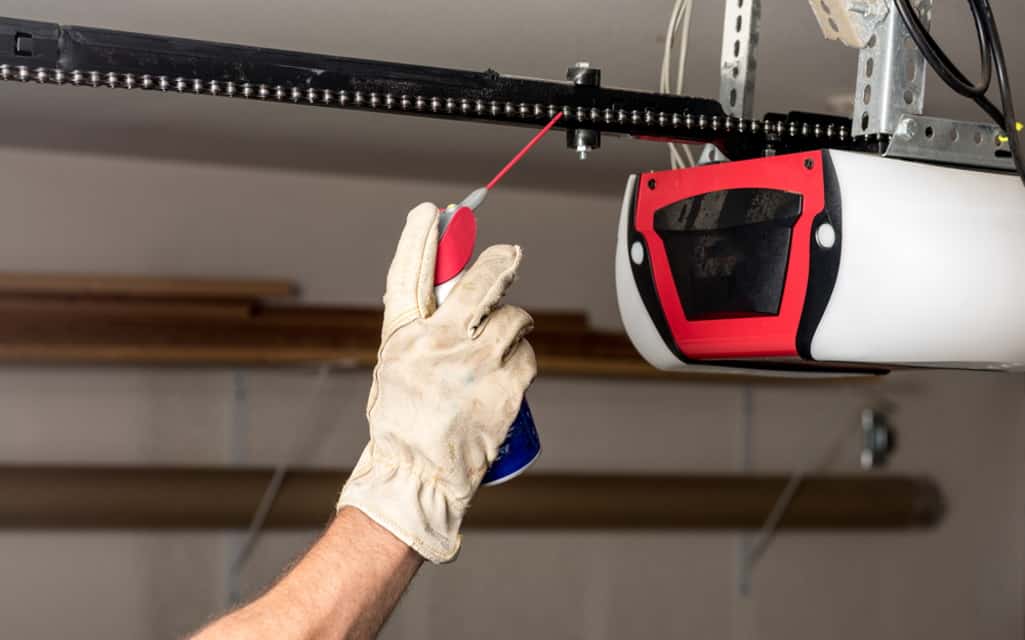Garage doors protect both your garage and the rest of the house from elements and unwelcome guests. Over time they might stop working as intended and show some problems due to aging and heavy use. In order to prevent sudden breaks which usually occur at the worst possible times, regular maintenance is always recommended.
If you start noticing that your garage doors are lagging you can apply some DIY measures before calling professionals. I wanted to know more about managing garage doors so I talked to San Diego garage door professionals. Here’s what you can do if the following issues come up:
Automatic Door Won’t Open
You keep pressing the button but nothing happens. This doesn’t mean that you are now doomed to use public transportation, but you’d probably have to open them manually. You need to look for the guide track which leads to a hanging cord with a red handle. Now pull the handle and the door should open. This is the door’s manual override which is used at times when power outages disrupt the door’s main function and they are due for a reset.
Cold Weather
Older doors might not work properly in cold weather when the temperature drops below 0. Don’t worry, you don’t have to unfreeze them by any means. This issue is not uncommon, especially after years of use. If you bought your doors in the past 20 years or so, you would be able to tweak the pressure to which the doors open and close which should resolve the problem of freezing instantly.
Over time, the balance of the pressure might alter so you need to adjust it manually, you won’t notice anything until the weather conditions like cold temperatures force you to adapt.
Read More: 7 Common Garage Door Problems And Ways To Handle Them
Sagging
Time is the enemy when it comes to garage doors. Even though they are designed to protect the inside of your home, they can’t serve properly forever without proper care. Older garage doors, especially wooden ones can become saggy, and there’s nothing you can do to prevent that, but there is a fix to straighten them up to their original position.
You need tension rods that are going to be placed at the top and the bottom of the door forming an X. Now adjust turnbuckles and choose how much pressure you want rods to apply, after that you only need to leave the door to straighten up.
The Door Won’t Lock
This is also a common problem after years of use. When you close the doors there are 2 bars that spring from the center of the door to reach the edges and land in slots designated for them which concludes the locking segment. Over time these bars can change their position and miss those two slots, consequently leaving your doors unlocked.
What you need to do is look for guide brackets residing at the edges. Unscrew them so you can move them freely, and then change their position so they can slide properly into the slots. When you manage to tune the locking mechanism you can apply some lubricate, and then screw the guide brackets up.
Call Professionals
If you find it too difficult to fix the doors on your own you can always ask for professional help. These were just a small number of potential problems that can be dealt with easily, but for more serious repairs, and with more complicated doors it is recommended to call someone with proper tools and experience. Regular maintenance is maybe the best way to prevent any sudden breaks and ensure your doors’ long-lasting service. You can have someone perform a standard check-up once or twice a year.



